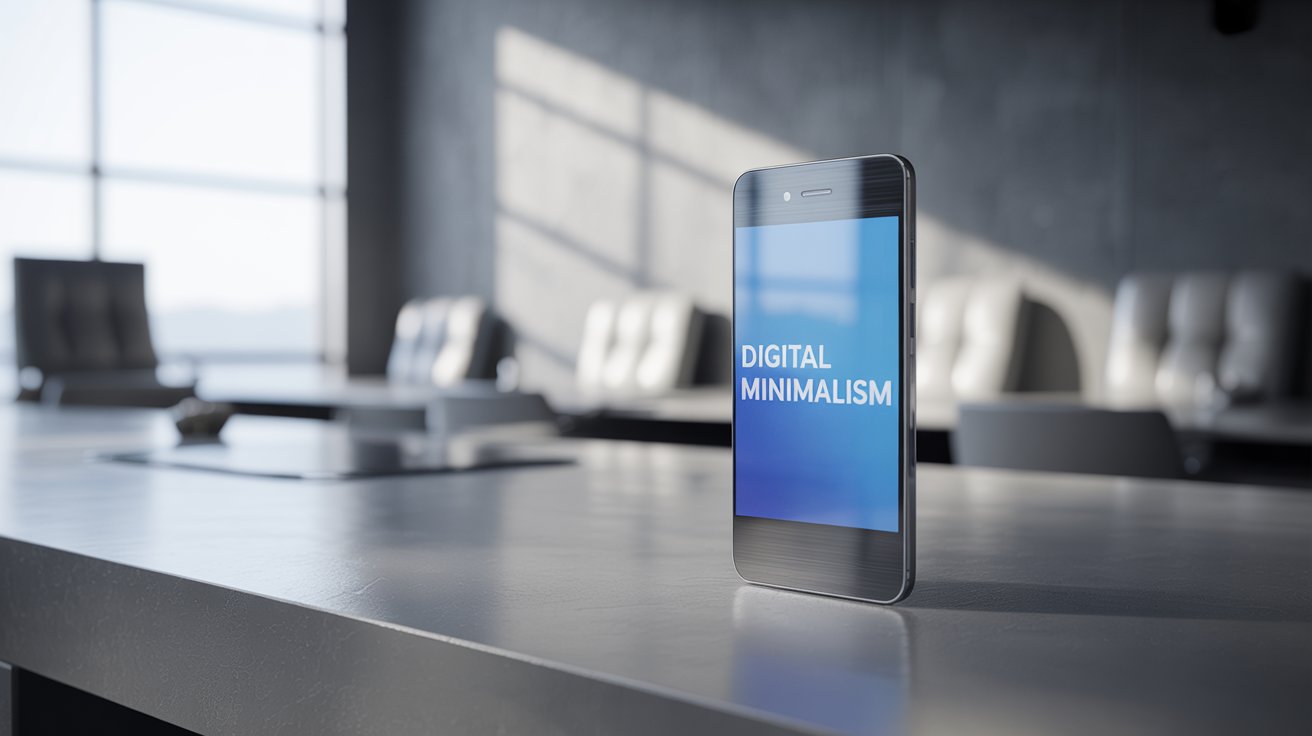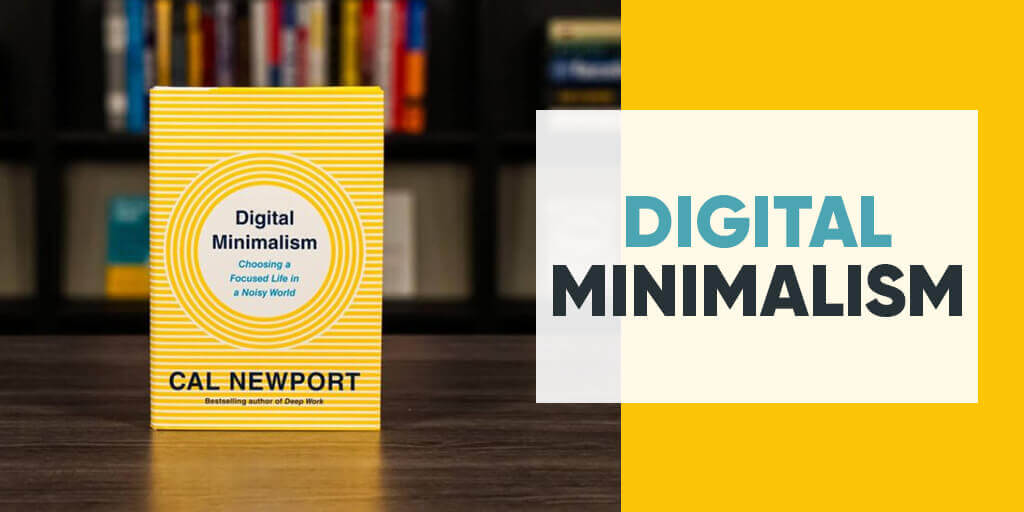
Why Digital Minimalism Is Gaining Popularity
In today’s fast-paced, hyper-connected world, the average person spends countless hours glued to screens—checking emails, scrolling through social media, responding to messages, and consuming endless digital content. While technology has made life more convenient and connected, it has also brought with it stress, distraction, and a constant sense of urgency. Amid this digital overload, a new lifestyle philosophy is gaining traction: digital minimalism. But what is it, and why is it becoming increasingly popular?
Understanding Digital Minimalism

Digital minimalism is the intentional practice of using technology in a way that supports your values rather than detracting from them. It’s not about abandoning technology entirely; rather, it’s about being deliberate in how, when, and why you use digital tools. People who embrace digital minimalism prioritize meaningful activities and relationships over mindless scrolling or constant notifications. This approach encourages focusing on the digital experiences that truly matter while eliminating those that consume time without delivering significant value.
The concept is rooted in the broader philosophy of minimalism, which emphasizes simplicity, intentionality, and removing unnecessary clutter—applied to the digital realm. Just as minimalists might declutter their homes to create a more peaceful, functional space, digital minimalists streamline their online life to reduce stress and improve focus.
The Growing Need for Digital Detox
One of the primary reasons digital minimalism is gaining popularity is the growing awareness of digital fatigue. Studies consistently show that excessive screen time can lead to decreased productivity, disrupted sleep patterns, and increased anxiety. Social media platforms, designed to be addictive, often leave users feeling drained or inadequate after hours of passive consumption.
The COVID-19 pandemic further accelerated the adoption of digital tools, as remote work, online learning, and virtual social interactions became the norm. While these technologies were essential during lockdowns, they also exposed how dependent people had become on screens. Many realized that their constant connectivity was affecting their mental health, personal relationships, and overall well-being. Digital minimalism emerged as a solution—a way to regain control and restore balance.
Benefits of Digital Minimalism

The popularity of digital minimalism is closely tied to the tangible benefits it offers. These include:
- Increased Focus and Productivity
By reducing digital distractions, individuals can concentrate on deep work and meaningful projects. Turning off notifications, limiting social media use, and curating the apps you engage with can free up hours that were previously lost to scrolling or multitasking. - Improved Mental Health
Digital minimalists report lower stress levels and greater emotional resilience. Without constant exposure to curated online content or negative news cycles, people feel less pressure to compare themselves to others, leading to a healthier mindset. - Better Sleep Quality
Many digital habits—like late-night scrolling or binge-watching videos—interfere with sleep. Practicing digital minimalism, such as setting screen-free times before bed, promotes better sleep hygiene and overall health. - Strengthened Relationships
By prioritizing in-person interactions and meaningful online connections, digital minimalists cultivate stronger personal relationships. Without the constant pull of notifications, they are more present with friends, family, and colleagues.
How People Embrace Digital Minimalism
Digital minimalism is highly flexible and can be adapted to different lifestyles. Common practices include:
- Conducting a digital declutter: Evaluating which apps, subscriptions, and online activities truly add value, and eliminating the rest.
- Setting intentional tech usage: Allocating specific times for checking emails, social media, or browsing the internet, rather than being constantly online.
- Engaging in offline activities: Prioritizing hobbies, exercise, reading, and face-to-face interactions over mindless screen time.
- Embracing solitude and reflection: Allowing space for thinking, journaling, or meditating without digital interruptions.
Many people start with small, manageable changes, such as turning off push notifications or limiting social media to 30 minutes a day. Over time, these habits create a healthier, more intentional relationship with technology.
Why Digital Minimalism Resonates Today

In an era where the average person is inundated with information and distractions, digital minimalism resonates because it offers clarity and control. It empowers individuals to choose quality over quantity, meaningful connections over shallow engagement, and mindful consumption over mindless scrolling.
The philosophy aligns with broader trends in wellness, mental health awareness, and lifestyle design. People increasingly recognize that constant connectivity is not synonymous with productivity or happiness. By intentionally curating their digital lives, they can reclaim time, energy, and focus for what truly matters.
In conclusion, digital minimalism is gaining popularity because it provides a path to balance, mental clarity, and meaningful living in a world dominated by screens. It is not a rejection of technology, but a thoughtful approach to using it in ways that enhance, rather than detract from, our lives. As awareness grows and more individuals seek relief from digital overwhelm, the movement toward digital minimalism is likely to continue its steady rise, offering a modern solution to one of the most pressing challenges of our connected age.

